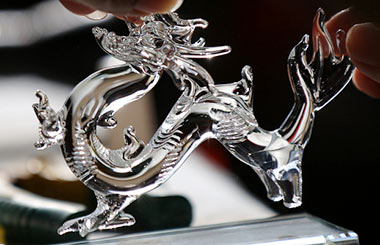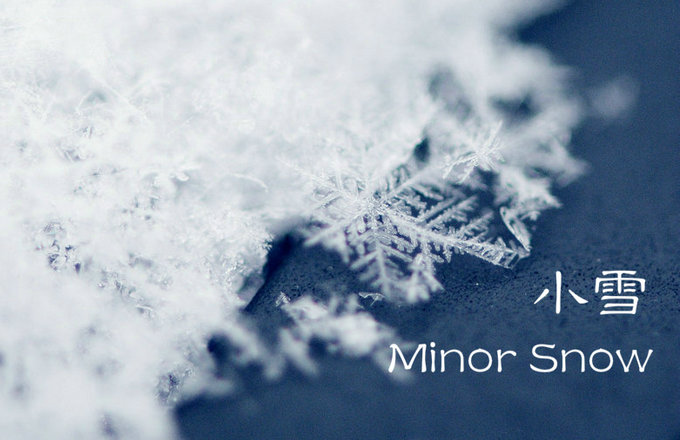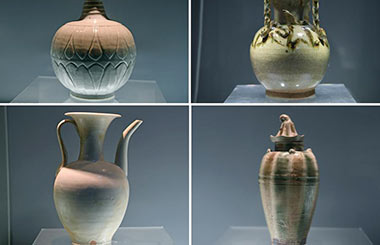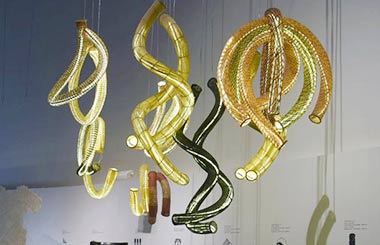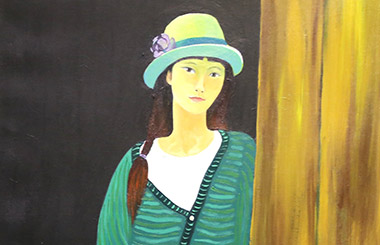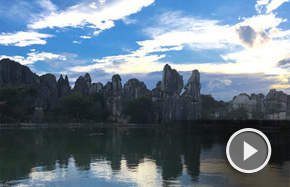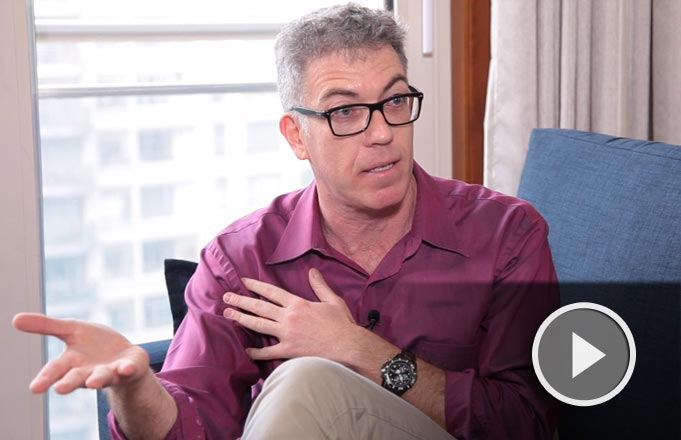Ancient sites get a new life
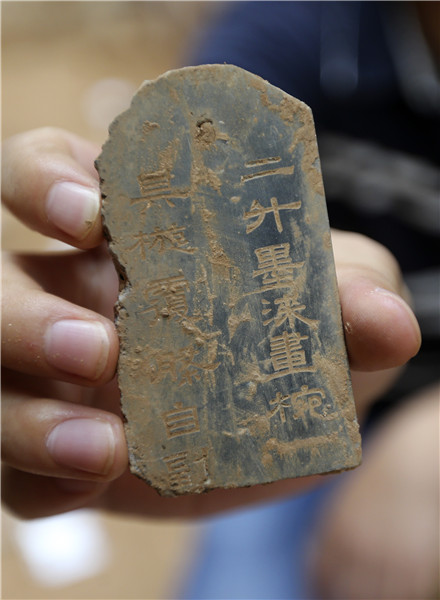 |
"But that doesn't lessen the significance of the find: It's the tomb of a high-ranking person from Cao Wei, probably of an empress, according to our studies of its shape and its seven-layered structure."
Cao Wei (220-265) was one of three states in the Three Kingdoms period (220-280), which was founded by Cao Pi on a foundation left by his father Cao Cao, a powerful warlord at the end of Eastern Han Dynasty (25-220).
Based on studies of the site and combined with historical records, archaeologists believe that the tomb is of the empress of Cao Rui, the second emperor of Cao Wei.
Although the tomb has been vandalized many times, from the Song (960-1279) to the Qing Dynasty (1644-1911) period, about 400 cultural relics have been unearthed so far, including jade, pottery and stone inventories of funeral objects.




